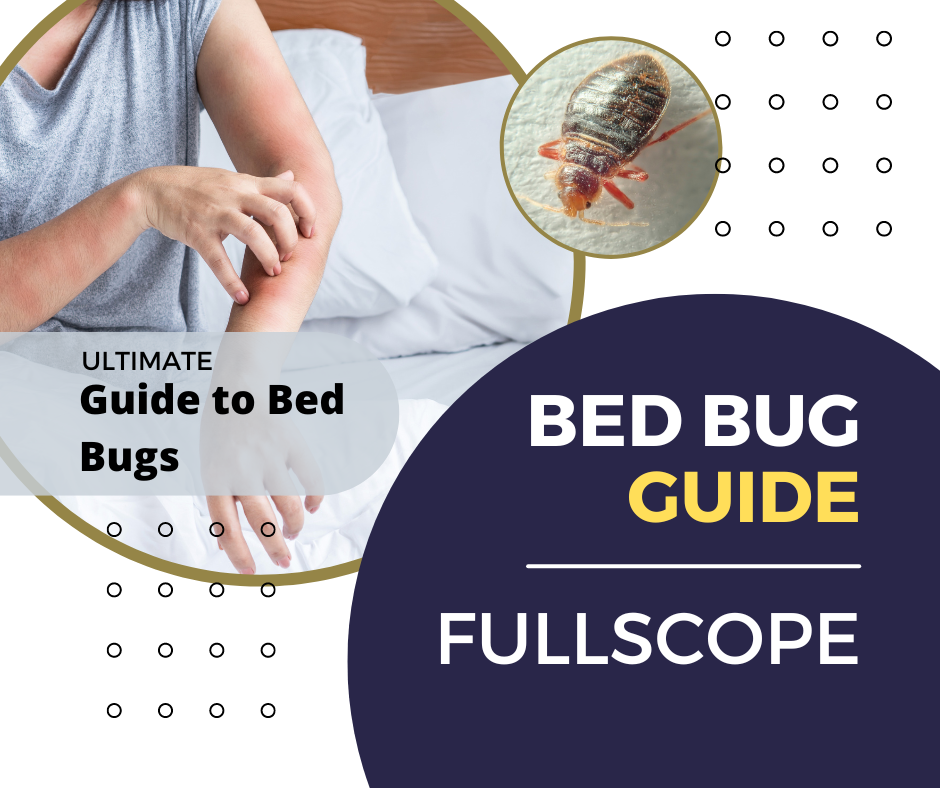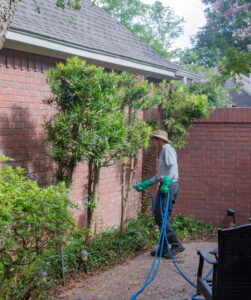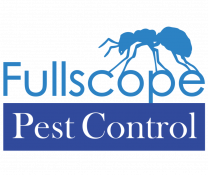Introduction
Bed bugs are tiny insects that can cause big problems in your home. These pests are notorious for infesting mattresses, furniture, and other areas where humans rest or sleep. Once they invade your home, they can be incredibly difficult to get rid of. In this ultimate guide, we will explore everything you need to know about bed bugs and their treatment.
Bed bugs are small, reddish-brown insects that feed on the blood of humans and animals. Despite their name, they are not limited to beds. They can infest any area where people spend a significant amount of time, such as couches, chairs, and even electrical outlets. Bed bugs are experts at hiding in tiny cracks and crevices, making them difficult to detect and eliminate.
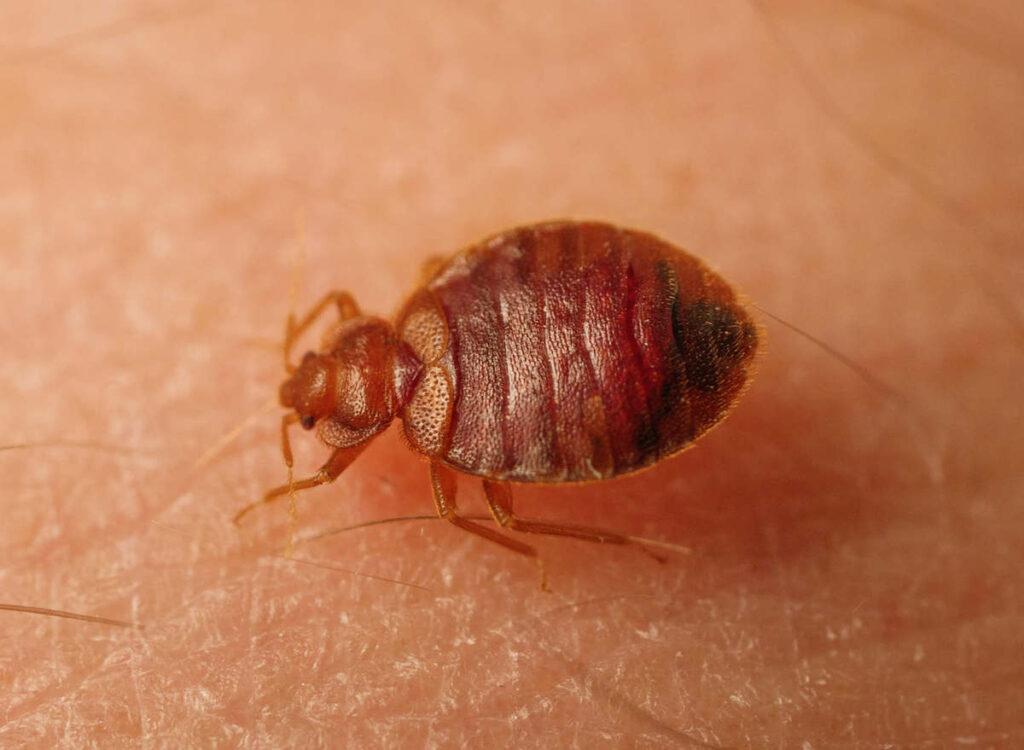
One of the most common signs of a bed bug infestation is waking up with itchy welts or small red bites on your body. These bites can be extremely irritating and may cause discomfort and sleepless nights. Another indicator of a bed bug infestation is the presence of small, dark spots on your bedding or furniture, which are bed bug droppings.
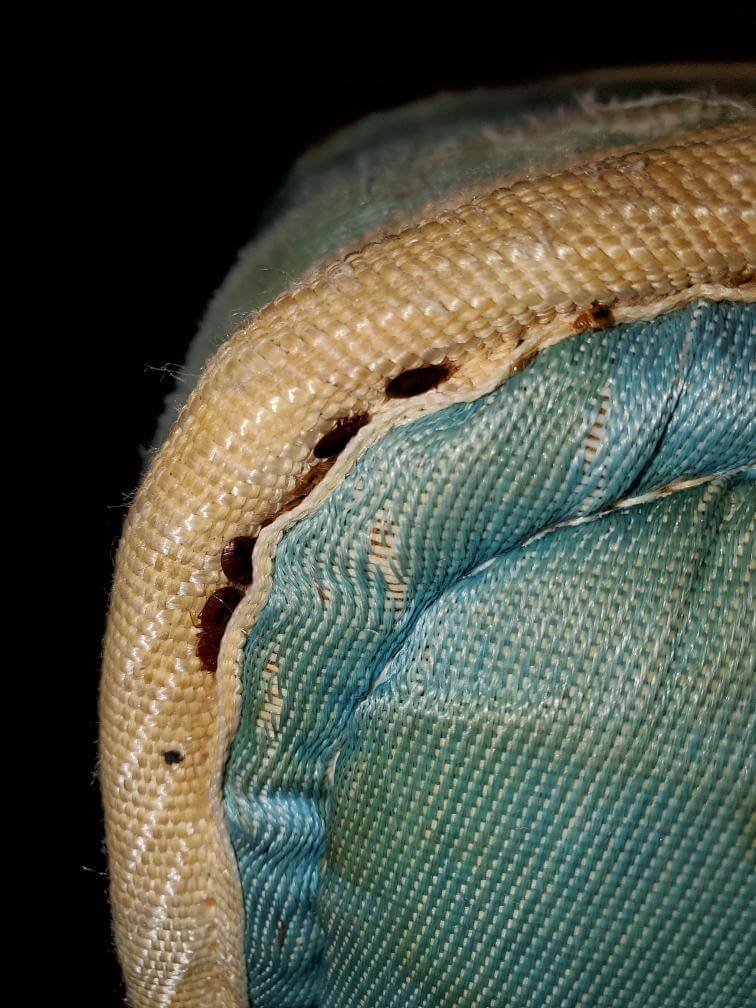
If you suspect that you have a bed bug problem, it is important to take immediate action. Ignoring the infestation will only allow it to spread and become more difficult to control. The sooner you address the issue, the easier it will be to eliminate the bed bugs and prevent further infestations.
The Ultimate Guide to Identifying and Treating Bed Bugs
Bed bugs and treatment go hand in hand, and knowing how to identify and address these pests is crucial. Recognizing signs like itchy welts and blood spots on bedding is key. Understanding their behavior and where they hide, from mattress seams to electrical outlets, aids in detection. Inspect your home thoroughly, using a magnifying glass if needed. For treatment, consider DIY methods or seek professional help for severe infestations. Remember, early detection and action are vital in managing bed bug problems.
1. Recognizing the Signs of Bed Bug Infestations
Bed bugs infestations can be tricky to spot initially. Look out for signs like small insects in mattress seams or near electrical outlets. Check for itchy welts or red, itchy bites on your skin. Using a magnifying glass can help spot bed bugs in their hiding places. Early detection is crucial in tackling a bed bug problem. Be vigilant and inspect your living spaces regularly. Early identification increases the chances of successful treatment.
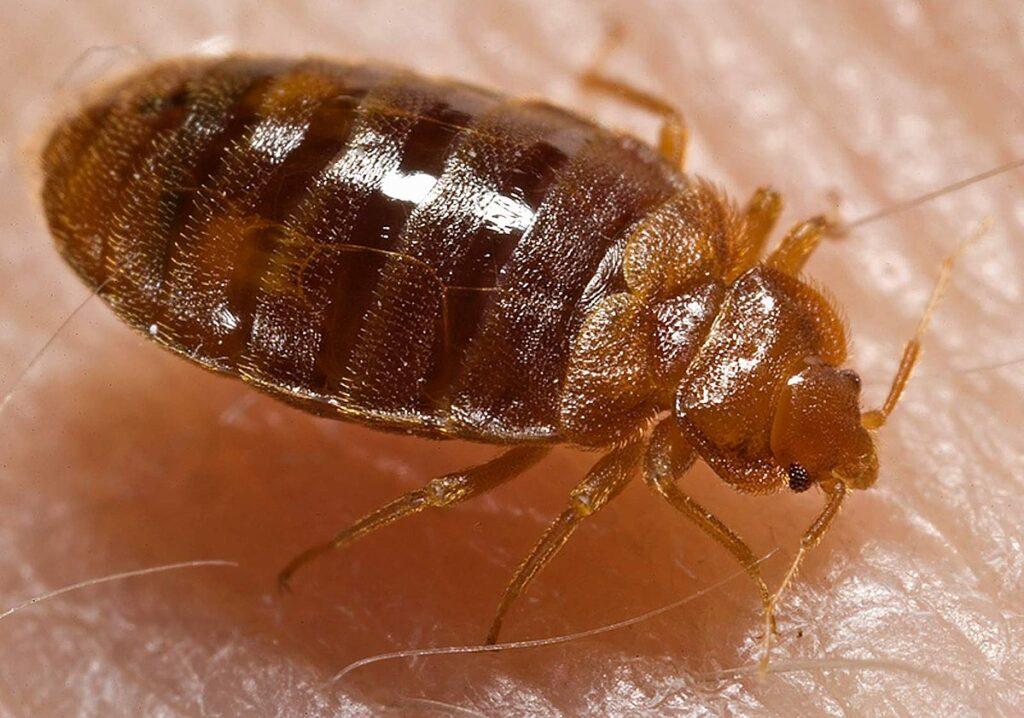
2. Understanding Bed Bug Behavior and Habitats
Bed bugs, scientifically known as Cimex lectularius, are small insects that feed on the blood of humans. They typically hide in cracks, mattress seams, and electrical outlets during the day, coming out at night to feed on their host’s blood. Understanding their behavior and habitats is crucial for effective pest management. Bed bugs prefer warm environments and are commonly found near where humans sleep, such as beds and bed frames. Identifying their hiding places using a magnifying glass can aid in early detection and treatment.
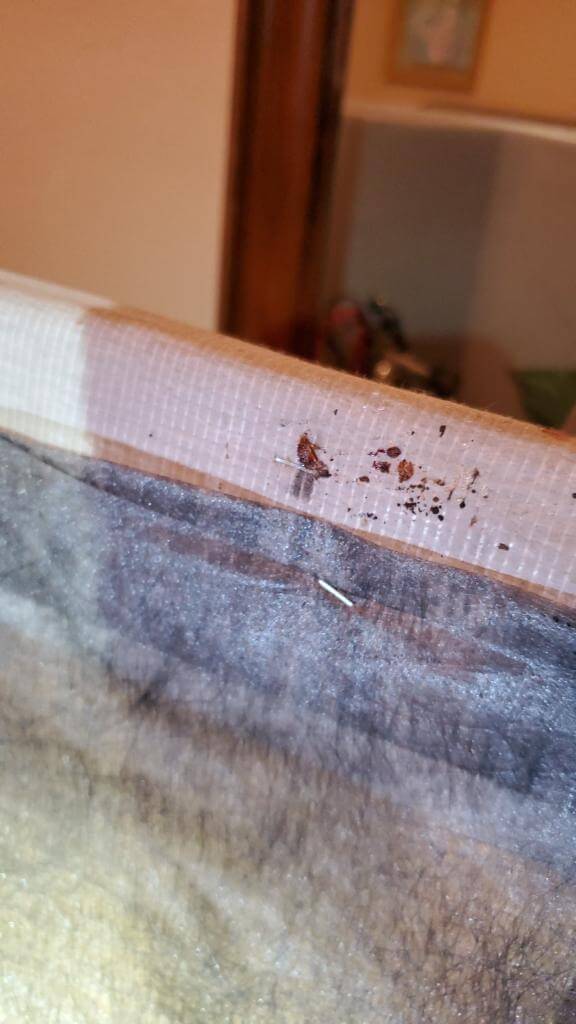
3. Comprehensive Steps for Inspecting Your Home
Start by thoroughly examining all potential hiding places using a magnifying glass, focusing on crevices, cracks, and seams. Check your bedding, mattress, box spring, and bed frame for any signs of bed bugs. Inspect electrical outlets, carpets, and furniture as these can also harbor these pests. Utilize a vacuum with a nozzle attachment to clean infested areas. Seal cracks and gaps in walls and furniture, reducing potential hiding spots. Be diligent in your search as early detection is key to effective pest control.
4. DIY Methods for Treating Minor Infestations
If you’re facing minor bed bug issues, DIY methods can be effective. Start by washing infested bedding in hot water and using a vacuum to clean up any bugs. Seal cracks and crevices with caulk and encase your mattress in a protective cover. Diatomaceous earth, a natural pest control remedy, can also help in eradicating bed bugs. Remember to declutter your living space to eliminate hiding spots for these pests. These simple techniques can go a long way in managing minor bed bug problems.
5. Professional Solutions for Severe Bed Bug Problems
If you’re facing a severe bed bug problem, seeking professional help is crucial. Professional exterminators have the expertise and tools to tackle even the most challenging infestations. By hiring a pest control company experienced in bed bug management, you can ensure thorough treatment of your home. They employ effective methods such as heat treatments, chemical treatments, and nonchemical solutions to eradicate bed bugs. Trusting professionals increases the chances of success in eliminating these persistent pests.
6. Post-Treatment: Ensuring Bed Bugs Don’t Return
After successfully treating a bed bug infestation, it’s crucial to take preventive measures to ensure they don’t come back. To prevent a recurrence, thoroughly clean and inspect your home regularly. Seal cracks and crevices where bed bugs could hide, and consider using encasements on your mattress and box spring. By maintaining a tidy environment and monitoring for any signs of bed bugs, you can significantly reduce the chances of a re-infestation.
In-depth Look at Bed Bug Treatment Options
When dealing with bed bug treatment options, it’s essential to explore various methods for effectively eradicating these pests. From heat treatments that offer high success rates to cold treatments utilizing freezing conditions, each approach has its unique benefits. Chemical treatments are commonly used but should be handled with caution. For a more eco-friendly solution, natural remedies like diatomaceous earth can be effective. Encasements offer added protection for mattresses and box springs. Understanding these treatment options is key to combating bed bug infestations successfully.
1. Heat Treatment: The Most Effective Way to Kill Bed Bugs
Heat treatment is widely regarded as the most effective method for eliminating bed bugs. This approach involves raising the temperature in infested areas to levels that are lethal to these pests, typically around 120-135 degrees Fahrenheit. The high heat penetrates cracks and crevices where bed bugs hide, ensuring comprehensive eradication. Professional exterminators use specialized equipment to heat treat the entire area, successfully targeting all life stages of bed bugs. This method is environmentally friendly and minimizes the use of chemicals, making it a preferred choice for many homeowners.
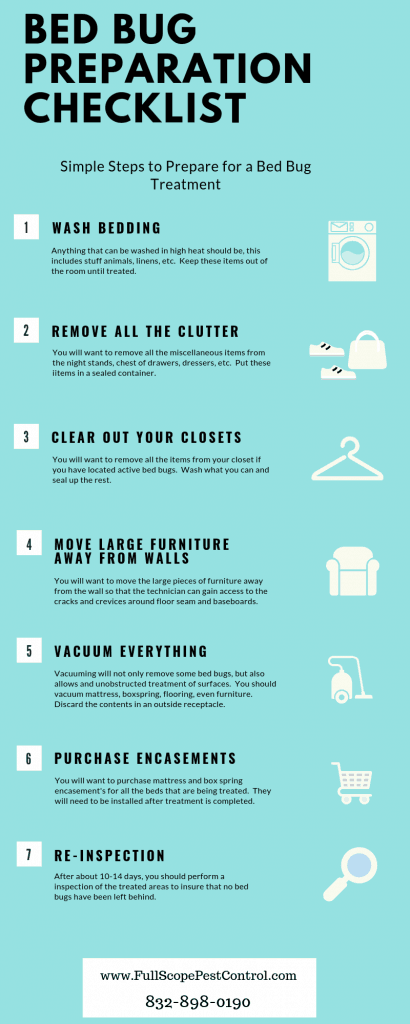
2. Cold Treatment: Using Freezing Conditions Against Bed Bugs
If you’re dealing with a bed bug problem, consider cold treatment as an effective solution. Exposing infested items to freezing conditions can help eliminate these pests. Temperatures below 0°F (-18°C) for at least 4 days are recommended to ensure bed bugs are eliminated at all life stages. This method is a nonchemical alternative that can complement other treatment strategies for a comprehensive approach to pest management.
3. Chemical Treatments: What You Need to Know
Chemical treatments for bed bugs involve the use of pesticides approved by the Environmental Protection Agency. These chemicals target bed bugs at different stages of their life cycle, including eggs. It is crucial to follow instructions carefully to ensure safety. Professional exterminators may use stronger chemicals than those available to consumers. Be cautious when using chemicals around electrical outlets and keep them away from children and pets. Consider consulting pest control companies for expert advice on chemical treatments. Remember, always prioritize safety and efficacy when using chemical treatments.
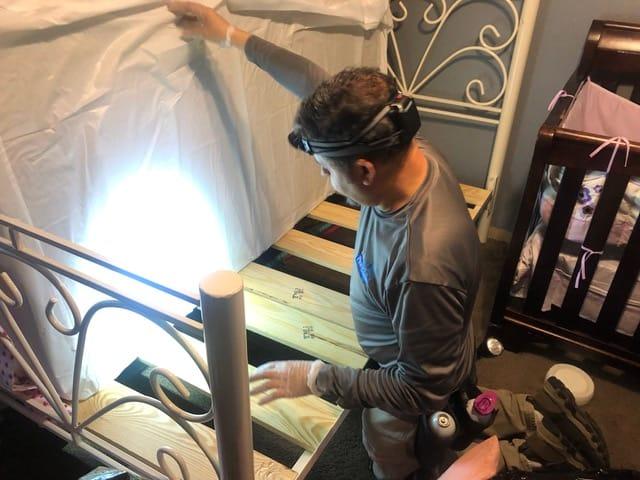
4. Natural Remedies: Safe and Eco-friendly Options
When dealing with bed bugs, consider natural remedies as safe and eco-friendly options. Diatomaceous earth, a non-toxic powder, can effectively eliminate bed bugs by dehydrating them. Using silica aerogel is another environmentally friendly choice to combat bed bug infestations. These natural solutions are gentle on the environment and safe to use around your family and pets. Embracing these methods can help tackle bed bug problems without harsh chemicals.
5. Encasements: Protecting Your Mattress and Box Springs
Invest in encasements to shield your mattress and box springs from bed bugs. These protective covers create a barrier that prevents bed bugs from entering or escaping, aiding in their eradication. Ensure the encasements are of high quality and specifically designed to trap bed bugs. By encasing your bedding, you not only protect your sleep environment but also make it easier to detect and eliminate any potential bed bug infestations. Embrace encasements as a proactive step towards a bed bug-free zone.
Preventive Measures to Keep Bed Bugs at Bay
Regular inspections of key areas, such as electrical outlets and mattress seams, are vital to monitor bed bug activity. When traveling, take precautions to avoid bringing bed bugs home. Maintaining household cleanliness minimizes factors that attract bed bugs. Implement barriers like encasements and plastic bags to protect your sleeping area. By being proactive and diligent, you can significantly reduce the risk of a bed bug infestation and ensure a peaceful night’s sleep.
1. Regular Inspections: Key Areas to Monitor
To keep bed bugs at bay, conduct regular inspections in key areas like your mattress seams, bed frame joints, and electrical outlets. Using a magnifying glass, check for signs of bed bug infestation such as small insects, itchy welts, or tiny blood stains. Inspect infested areas thoroughly, including small cracks and hiding places. Early detection is crucial, so act promptly if you notice any signs. These routine checks can help prevent a full-blown bed bug problem in your home. Stay vigilant!
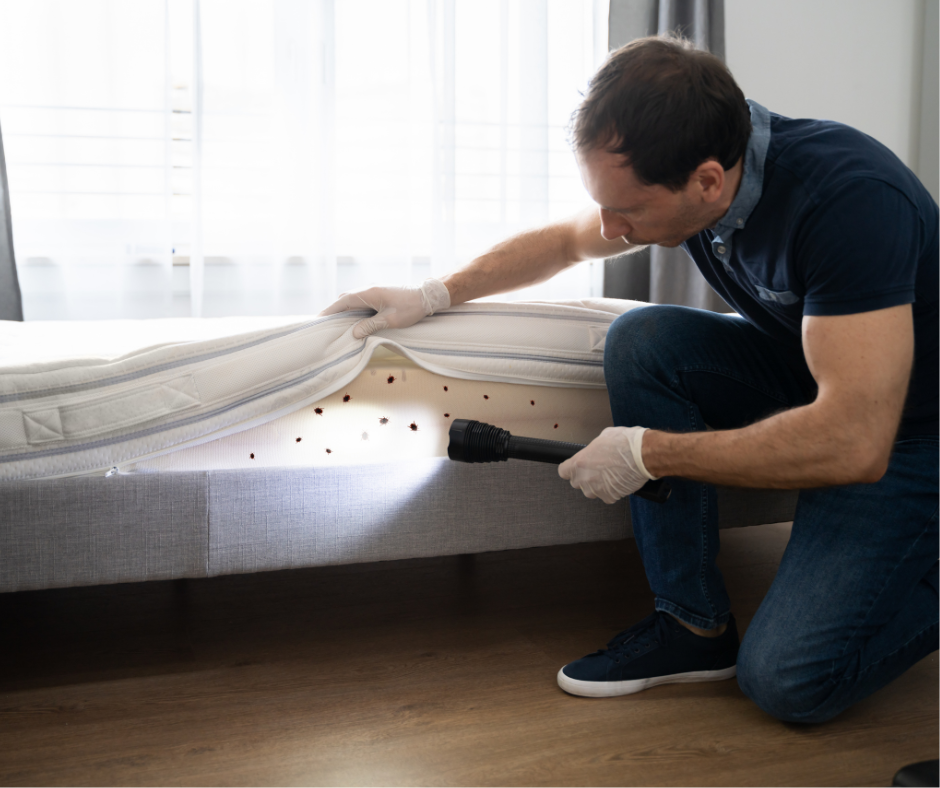
2. Travel Tips: Avoiding Bed Bugs While on the Move
When traveling, keep your luggage off the floor, bed, or upholstered furniture, as these are common bed bug hiding spots. Inspect your accommodation for any signs of bed bugs, such as bloodstains or exoskeletons, before settling in. Use plastic bags to store your clothing and belongings, limiting bed bug access. Upon return, wash your clothes in hot water to eliminate any hitchhiking bed bugs. Implementing these simple precautions can help you steer clear of bringing unwanted bed bug souvenirs back home.

3. Household Cleanliness: Minimizing Attraction Factors
To prevent bed bug infestations, maintaining household cleanliness is crucial. Regularly vacuuming and decluttering can minimize hiding spots for bed bugs. Washing bedding and linens in hot water and drying them on high heat can kill any potential pests. Sealing cracks and crevices where bed bugs can hide is essential, and keeping a clutter-free environment reduces favorable conditions for infestations. By implementing these simple cleanliness practices, you can significantly decrease the risk of bed bugs finding their way into your home.
4. Bed Bug Barriers: Effective Tools and Techniques
Prevent bed bug intrusions by utilizing effective barriers. Encase mattresses and box springs in protective covers. Seal cracks in walls and furniture to limit entry points. Use bed bug interceptors under bed legs to trap the pests. Keep bed frames away from walls to impede their travel. By creating physical barriers, you can deter bed bugs from infesting your sleep sanctuary.
Bed Bug Eradication
Bed bug eradication is the process of completely eliminating bed bug infestations from a home or property. It typically involves a combination of thorough inspection, targeted treatment methods, and ongoing monitoring to ensure effectiveness. Professional pest control services often employ various techniques such as heat treatments, chemical applications, and vacuuming to eradicate bed bugs at all stages of their life cycle. Effective eradication requires careful attention to detail and may require multiple treatments to ensure complete elimination. By addressing both visible infestations and hidden bed bug harborage areas, successful eradication can restore peace of mind and comfort to affected individuals, allowing them to sleep soundly without the worry of bed bug bites.
Conclusion
In the battle against bed bugs, knowledge is your best defense. By recognizing the signs early, understanding their habits, and taking proactive measures, you can effectively combat these pesky pests. From DIY treatments to professional solutions, this ultimate guide equips you with the tools to identify, treat, and prevent bed bug infestations. Remember, vigilance is key in keeping your haven bug-free. Stay informed, implement preventive measures, and rest easy knowing you are armed with the necessary know-how to tackle bed bugs head-on. Sleep tight, and don’t let the bed bugs bite!
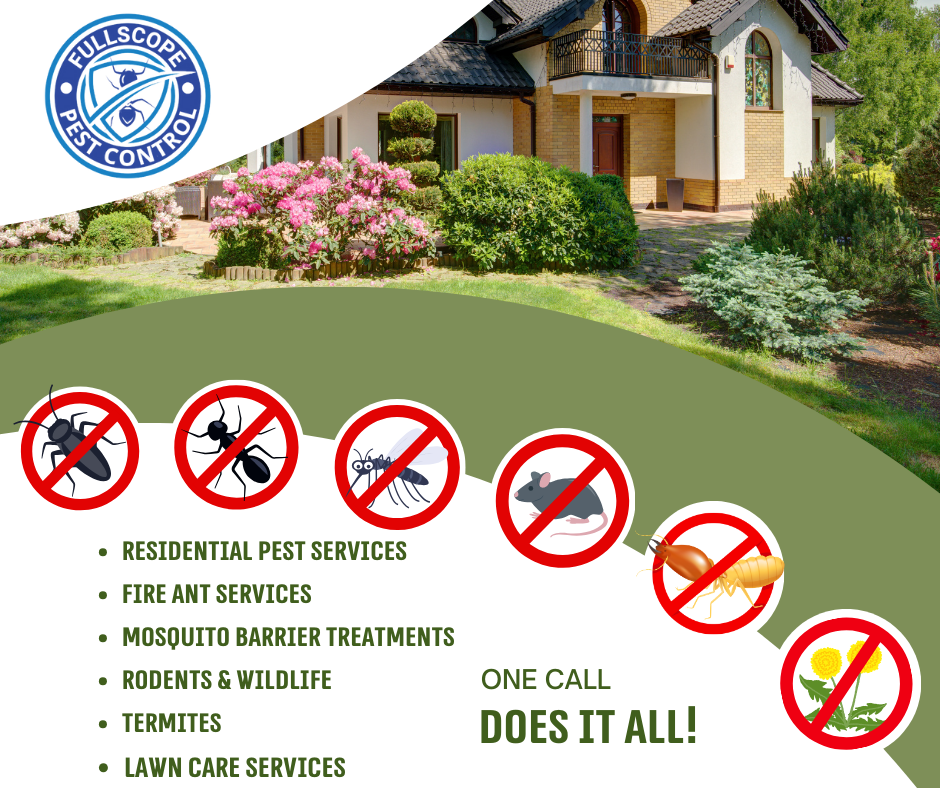
Frequently Asked Questions
What Are the First Signs of a Bed Bug Infestation?
The first signs of a bed bug infestation include red itchy welts on the skin, blood smears on bedding, and tiny dark spots on mattresses or furniture—indicating bed bug presence. Vigilance is key for early detection and timely treatment.
Can Bed Bugs Be Eliminated Without Professional Help?
DIY methods like vacuuming, steaming, and using bed bug sprays can help eliminate minor infestations. However, severe cases may require professional assistance for effective treatment. Prevention is key to avoid future infestations.
How Often Should I Inspect My Home for Bed Bugs?
To prevent bed bug infestations, inspect your home monthly, paying attention to bedrooms, sofas, and furniture crevices. Early detection is key to effective treatment. Regular inspections help catch any signs of bed bugs before they become a major problem.
Are Bed Bugs Dangerous to My Health?
Bed bugs are more of a nuisance than a direct health threat. While their bites can cause itching and discomfort, they are not known to transmit diseases. However, allergic reactions to their bites can occur in some individuals.
How Do I Prevent Bed Bugs from Entering My Home?
To prevent bed bugs from entering your home, regularly inspect your surroundings, especially after traveling. Maintain cleanliness, use protective encasements on mattresses, and create barriers like diatomaceous earth. Minimize clutter and seal cracks to limit bed bug hiding spots.
Can Bed Bugs Develop Resistance to Chemical Treatments?
Bed bugs have shown an alarming ability to develop resistance to chemical treatments over time. This poses a challenge in effectively eradicating infestations and calls for alternative methods. Understanding this resistance is crucial in choosing the right approach for effective bed bug control.
What Should I Do If I Find Bed Bugs in My Hotel Room?
If you find bed bugs in your hotel room, immediately inform the management for a room change. Inspect your belongings before moving to prevent infestation spread. Wash and dry clothes on high heat. Avoid placing luggage on beds.
Are There Any Effective Natural Remedies Against Bed Bugs?
Yes, natural remedies like diatomaceous earth and essential oils can help combat bed bugs. These eco-friendly options are worth considering for a safer approach to bed bug treatment.
How Long Does It Take to Completely Get Rid of Bed Bugs?
To completely get rid of bed bugs, the process can take weeks to months, depending on the extent of the infestation and the chosen treatment method. Consistency in treatment and thoroughness in following up are key to successfully eliminating bed bugs.
What Are the Costs Associated with Professional Bed Bug Treatment?
Professional bed bug treatment costs vary based on the severity of infestation and chosen method. Prices range from $300-$5,000+. Heat treatments can be around $1,000 per room, while chemical treatments may cost $250-$900 per treatment. Consultation fees may also apply.
Is It Possible to Completely Prevent Bed Bug Infestations?
Preventing bed bug infestations entirely can be challenging but not impossible. Regular inspections, cleanliness, travel precautions, and using preventive barriers can significantly reduce the risk. However, due to their elusive nature, complete prevention may be difficult.

